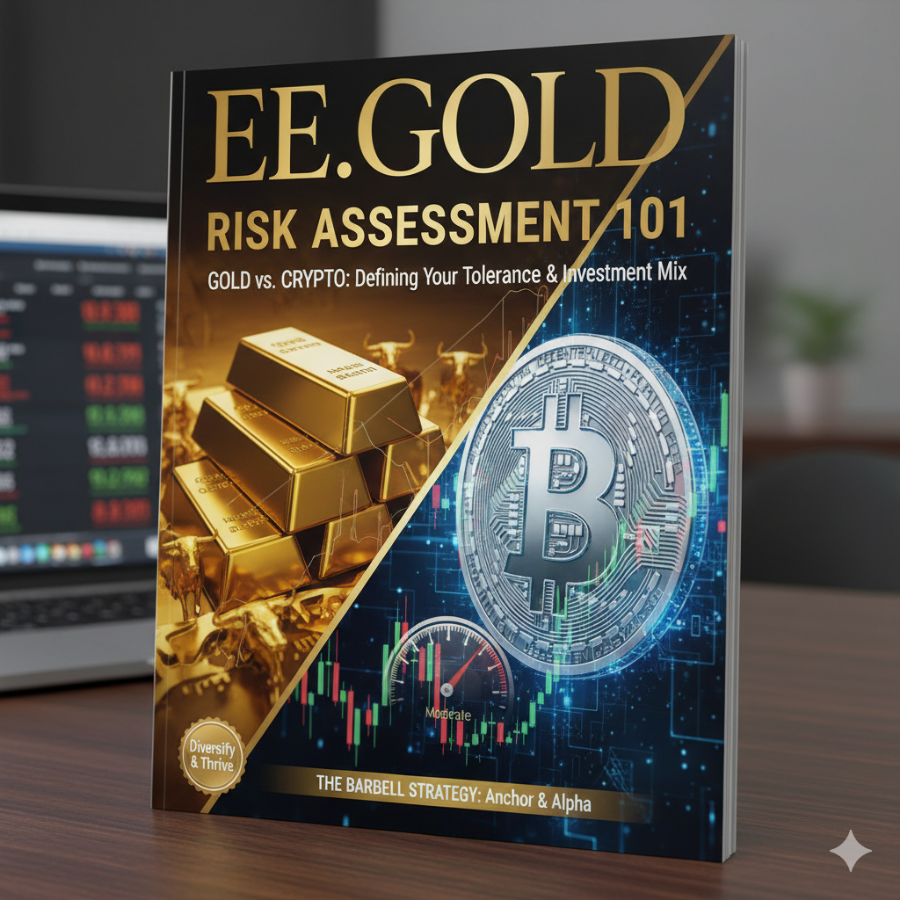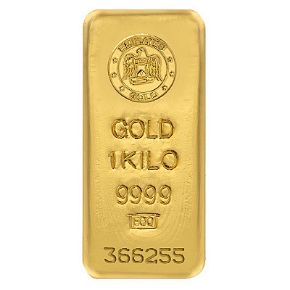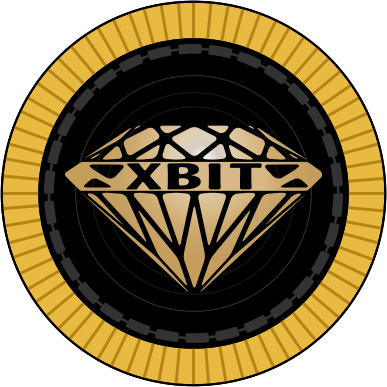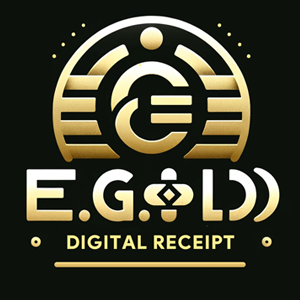
In the quest for a diversified portfolio, investors are increasingly weighing two distinctly different 'stores of value': time-honored physical Gold and the digital frontier of Cryptocurrency, spearheaded by Bitcoin. Both assets offer potential hedges against traditional market volatility and inflation, yet their risk profiles could not be more divergent. Successfully integrating either or both requires a clear understanding of your personal risk tolerance and an honest assessment of each asset's characteristics.
The Foundation: Knowing Your Risk Tolerance
Before allocating a single dollar, the critical first step is defining your risk tolerance. This is not just a question of how much money you can afford to lose (risk capacity), but how you will react emotionally and behaviorally to significant market downturns (risk tolerance).
Ask yourself:
Time Horizon: How long until you need this money? A long runway (10+ years) allows for recovery from steep drops, generally supporting higher risk tolerance. A short time horizon demands capital preservation.
Emotional Capacity: If an investment drops by 20%, 40%, or more in a short period, will you panic-sell, or will you view it as a buying opportunity? Your emotional stability during volatility is a key indicator.
Financial Situation: Do you have a solid emergency fund and stable income? Greater financial security provides a higher capacity to withstand potential losses.
Investors are broadly categorized by their approach:
Conservative: Focuses on capital preservation, minimal volatility, and stability.
Moderate: Seeks a balance of growth and risk management through a mix of stable and growth-oriented assets.
Aggressive: Prioritizes maximum growth, willing to accept high risk and volatility for potentially greater rewards.
The Two Titans: Gold and Crypto Compared
Gold and cryptocurrencies, despite both being considered anti-fiat and supply-constrained, behave very differently in a portfolio.
Gold: The Safe-Haven Anchor
Gold has been a store of value for millennia. It is a tangible asset with a long-proven track record as a crisis hedge.
Volatility: Relatively low, typically exhibiting a price volatility significantly less than high-growth equities.
Correlation: Often has a low to negative correlation with stocks and other traditional assets, making it a genuine diversifier that tends to hold value or rise during periods of economic or geopolitical stress.
Maturity & Regulation: Highly mature market with established trading, regulatory, and physical custody infrastructure.
Role in Portfolio: Primarily a defensive asset for capital preservation and a hedge against systemic risk and 'bad' inflation.
Cryptocurrency (e.g., Bitcoin): The High-Growth Challenger
Cryptocurrencies are a new digital asset class, characterized by decentralization and a finite supply.
Volatility: Extremely high. Price swings of 10-20% in a single day are not uncommon, making its Value-at-Risk (VaR) substantially greater than gold.
Correlation: It often behaves as a "risk-on" asset, sometimes tracking closely with the technology sector and broader equity markets, particularly during market downturns, reducing its effectiveness as a pure crisis hedge.
Maturity & Regulation: A nascent, rapidly evolving market with an often-uncertain and fragmented regulatory landscape across jurisdictions. Custody (securing your private keys) carries unique digital risks.
Role in Portfolio: Primarily a speculative asset for asymmetric upside potential and a hedge against long-term fiat currency devaluation.
Structuring Your Investment Mix
Your risk tolerance directly dictates the appropriate allocation to each asset. Financial history suggests that replacing gold entirely with crypto is unwise, as they fulfill different portfolio functions. A blended approach often offers the best risk-adjusted returns.
Conservative Investors will focus on stability and capital preservation, favouring a larger allocation to gold (5% to 15%) and a minimal, if any, speculative exposure to crypto (0% to 2%).
Moderate Investors seek a balanced approach. They may allocate 5% to 10% to gold for defense, while holding a small but meaningful crypto position (2% to 5%) for potential high growth.
Aggressive Investors prioritize growth over stability. They might minimize their gold position (0% to 5%) while taking on a larger allocation to the high-potential, high-volatility digital asset (5% to 10%).
For most investors, the core strategy involves a "Barbell Approach"—maintaining a foundational, stable allocation to gold for genuine crisis protection, while holding a smaller, speculative position in crypto for outsized growth potential.
The true value of this risk assessment lies not in picking a winner between gold and crypto, but in understanding their distinct roles. Gold provides a sturdy anchor in stormy weather; crypto offers the chance to sail into new, high-potential territory. By defining your personal risk tolerance, you can create a resilient portfolio that is emotionally sustainable and aligned with your long-term financial goals.
NOTE
This Content is the copyrighted content of EE.GOLD. All rights are reserved. You are welcome to share or use our content only by including direct links to our website. Any other form of reproduction, distribution, or use without proper attribution is strictly prohibited.
This Content is intended solely for educational purposes. The information provided does not constitute financial or investment advice.
Please note that Digital Storage Receipt, Secure Storage Solutions, and Physical Gold Sales are the only services offered by EE.GOLD.
We strictly adhere to government regulations and are firmly against all illegal financial or investment activities globally.
For further inquiries, feel free to contact us through our official channels.










.png)

